Q
How do you lift the wipers on a Kia Cerato?
To lift the wipers on a Kia Cerato, you can typically do as follows: first, turn off the vehicle's ignition. Then, within 10 seconds, pull the windshield wiper lever towards the direction of steering wheel , and the wipers will move to the maintenance position. At this point, you can easily lift the wiper blades.
Special Disclaimer: This content is published by users and does not represent the views or position of PCauto.
Related Q&A
Q
How to open Kia Cerato's trunk without a key?
The most common way to open Kia Cerato's trunk without using a key is via the interior trunk release button, typically located near the driver's seat - such as on the driver-side door control panel. Some models may also feature a smart trunk release function that automatically unlocks when the key fob is detected within a certain proximity of the rear bumper. Please note that specific operation methods may vary depending on the vehicle's configurations.
Q
How to reset the maintenance reminder of Cerato?
To reset the maintenance reminder on the Kia Cerato, usually you can follow these steps: first, place the ignition in the ON position, but do not start the engine. Then locate the Trip button on the dashboard and hold it down until the maintenance reminder starts to flash. Next, continue to hold the Trip button for a few seconds until the maintenance reminder turns off. Models of different years and configurations of the Kia Cerato may have slight differences. If the above method is not applicable, it is recommended to consult your local Kia car dealer.
Q
How to change the headlight bulb of Kia Cerato?
To replace the headlight bulb of a Kia Cerato, first ensure the vehicle is turned off and cooled down. Open the vehicle's hood, and locate the back cover of the headlight assembly. Unscrew the back cover and carefully remove the bulb plug. Release the bulb retaining spring, and remove the old bulb. Install the new bulb into the socket, secure the spring, and plug in the plug. Finally, close the back cover. Be careful not to dirty the surface of the bulb during operation to avoid affecting the lighting effect.
Q
How to start Kia Cerato with key?
To start the Kia Cerato using a key, first insert the key into the ignition. Then, ensure the vehicle is in park (P). Press the brake pedal, then turn the key clockwise to the "START" position. Hold for a moment and release the key once the engine starts. It's important to check for any obstacles around the vehicle and to ensure all instrument panel displays are functioning properly before starting.
Q
How to replace the rear windshield wiper on Kia Cerato?
To replace the rear windshield wiper on a Kia Cerato, first lift the wiper arm so that it is perpendicular to the windshield. Then, press the button at the connection between the wiper blade and the wiper arm, and pull out the old wiper blade. Next, align the slot of the new wiper blade with the hook on the wiper arm, insert it and ensure it is secure. Finally, lower the wiper arm to complete the replacement.
Q
How much is a Kia Cerato hatch?
The 2024 Kia Cerato hatchback is priced between approximately RM 86,591 and RM 115,642. Prices vary across different trim levels; for instance, the 1.6L model comes in at a relatively lower price, while the 2.0L variant is priced slightly higher. However, it's important to note that the specific pricing may fluctuate due to factors such as dealership variances, regional differences, and market supply and demand.
Q
What size of wiper blade does the Kia Cerato require?
The common size of wiper blade for Kia Cerato is usually 24 inches and 16 inches for the front windshield. However, please note that there may be slight differences for different years and configurations of models.
Q
How to replace rear windshield wiper?
The steps to replace the rear windshield wiper on a car are as follows: First, raise the rear wiper arm, press the button or latch on the wiper blade, then pull out the old wiper blade directly along the direction of the wiper arm. Next, align the new wiper blade with the slot of the wiper arm and insert it, making sure it is firmly installed. Be mindful of the force you use during this process to avoid damaging the wiper arm and related parts. There may be subtle differences for different car models. For example, some models' rear wiper arms may require special tools or specific methods for disassembly and installation.
Q
How to replace the rear wiper blade on a Kia?
To replace the rear wiper blade on a Kia vehicle, follow these steps: first, lift the rear wiper arm to a 90-degree angle from the rear windshield. Next, press the button or clip located at the connection point between the wiper blade and the arm while pushing the blade along the direction of the arm to remove it. After that, align the new wiper blade with the slot on the wiper arm and gently push it in until you hear a click, indicating it's securely in place. Finally, lower the wiper arm and check that the new blade is firmly installed and functions properly. It's important to note that the replacement method may vary slightly among different Kia models.
Q
How to replace the wiper blades of Kia Cerato ?
To replace the wiper blades on your Kia Cerato, you can follow these steps: first, lift the wiper arm so that it separates from the windshield. Then press or twist the fixation device at the connection of the wiper blade, and pull out the old wiper blade. Next, align the new wiper blade with the slot and insert it, making sure the fixation device is locked in place. Finally, lower the wiper arm. Please note that you should proceed gently to avoid damaging any vehicle parts.
Latest Q&A
Q
What is the lifespan of a Porsche Panamera 2024?
Under normal use and regular maintenance, the 2024 Porsche Panamera typically has a service life of 15 to 20 years or even longer. The exact lifespan depends on driving habits, maintenance frequency, as well as the climate and road conditions in Malaysia. As a high-performance luxury sedan, the Panamera incorporates Porsche's advanced engineering technology and high-quality materials. Its engine, transmission, and chassis have all undergone rigorous testing to ensure long - term reliability.
In Malaysia, the hot and humid climate may have a certain impact on rubber components and electronic systems. Therefore, it is recommended that car owners regularly check the cooling system, battery, and air-conditioning system, and strictly follow the Porsche official maintenance manual for upkeep to extend the vehicle's lifespan. Additionally, using original parts and lubricants that meet the specifications can significantly enhance the vehicle's durability.
It's worth noting that Porsche has a well - established after-sales service network in Malaysia, including professional technical support and original factory warranty services, which provide additional guarantees for car owners. For those car owners who aim for long-term use, the Panamera's resale value performs relatively well in the luxury car market, which also indirectly reflects its excellent durability and brand value.
Q
How fast is the Porsche Panamera in 2024?
The 2024 Porsche Panamera still impresses with its performance. Depending on the model, its acceleration capabilities vary. The top-of-the-line Panamera Turbo E-Hybrid is equipped with a combination of a 4.0-liter V8 twin-turbocharged engine and an electric motor, with a combined output of up to 680 horsepower. It can accelerate from 0 to 100 km/h in just 3.2 seconds and reach a top speed of 315 km/h, demonstrating the strength of a top-class luxury coupe. On the other hand, the entry-level 2.9-liter V6 model takes about 5.6 seconds to accelerate from 0 to 100 km/h, which is suitable for users who value daily driving comfort more.
For Malaysian car enthusiasts, the Panamera not only has strong performance but also features excellent chassis tuning and an active suspension system, enabling it to easily handle the local variable road conditions. Meanwhile, its hybrid version also conforms to the global energy-saving trend, meeting both performance and environmental protection requirements. It's worth mentioning that Porsche's PDK dual-clutch transmission and four-wheel drive system ensure the vehicle's stability when cornering at high speeds or on slippery roads, which is also one of the reasons why many Malaysian car owners favor it.
If you're considering buying one, it is recommended to choose the appropriate version according to your own needs and take a test drive at an authorized dealer to experience the perfect combination of its precise handling and luxurious interior.
Q
Is the Porsche Panamera 4 or 5 seater?
The Porsche Panamera offers two seating configurations in the Malaysian market: four-seat and five-seat options, depending on the model version and optional features. The standard Panamera usually comes with a 2+2 four-seat layout, with two independent rear seats to emphasize the sense of sporty luxury. However, consumers can also choose to install a three-person rear seat to turn it into a five-seat model, which is particularly practical in Malaysia where there is a high demand for family cars.
It's worth noting that the Panamera Executive Extended Edition has a wheelbase extended by 150mm, providing more spacious rear-seat space. Whether it's a four-seat or five-seat configuration, it can offer a more comfortable riding experience. For Malaysian consumers, if they often need to carry multiple passengers, it is recommended to clearly choose the five-seat configuration when placing an order, as it's quite difficult to retrofit later.
As a luxury sedan under Porsche that combines performance and practicality, the seat design of the Panamera fully considers the balance between daily driving and sporty handling. The four - seat version focuses more on luxury, while the five-seat version enhances the convenience for family outings. Before purchasing a car, it is recommended to visit the local Porsche Center in Malaysia to experience the differences in different seat configurations in person.
Q
Is the Panamera 2024 comfortable?
The 2024 Porsche Panamera excels in comfort, making it particularly suitable for the road conditions and climate in Malaysia. The standard-equipped adaptive air suspension system can effectively filter out road bumps, providing a smooth riding experience even on some uneven roads in Malaysia. Meanwhile, the upgraded seats of the new car are filled with higher-density foam and come with an optional massage function, which can relieve fatigue during long - distance drives. In terms of sound insulation, thanks to the double-layer glass and active noise reduction technology, it can maintain a quiet environment even in the busy urban areas or on the highways in Malaysia. In addition, for the tropical climate, the standard-equipped ventilated seats and four-zone automatic climate control system can quickly adjust the temperature inside the car. It's worth mentioning that although the Panamera is positioned as a sports coupe, it strikes a good balance between comfort and handling through the optional rear-wheel steering and PDCC dynamic chassis control system. For Malaysian consumers, this car can not only meet the daily needs of a family but also provide the refined driving and riding experience that a luxury brand should offer. It is one of the few models in its class that combines both sportiness and comfort.
Q
Is a 2024 Panamera RWD or AWD?
The 2024 Porsche Panamera offers two drivetrain versions in the Malaysian market: rear-wheel drive (RWD) and all-wheel drive (AWD). The specific configuration depends on the selected model and powertrain. For example, the entry-level Panamera and some plug-in hybrid models may feature a rear-wheel drive layout, while high-performance models like the Panamera 4S and Turbo come standard with Porsche Traction Management (PTM), an intelligent all-wheel drive system that enhances stability on slippery roads or during aggressive driving.
Given Malaysia's rainy climate and complex road conditions, the AWD version provides better grip and safety, making it particularly suitable for consumers who often drive long distances or seek dynamic handling. On the other hand, the RWD version may appeal more to buyers who prefer a pure driving experience or have budget constraints.
Porsche's all-wheel drive technology uses an electronically controlled multi-plate clutch to achieve real-time torque distribution between the front and rear axles, balancing fuel efficiency and performance. Meanwhile, all models in the lineup are equipped with the Porsche Stability Management (PSM) system to ensure active safety across different drivetrains.
It is recommended that potential owners choose based on their actual driving needs, budget, and driving habits. They should also visit an authorized dealer to test drive and compare the differences between the two drivetrains.
View MoreRelated News
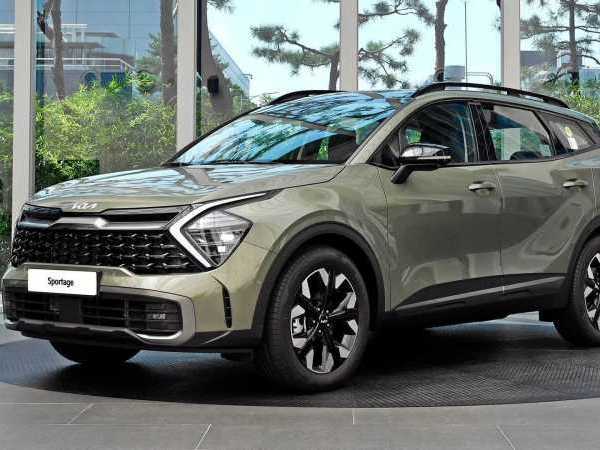
Kia Sportage: Superior Suspension for Smooth Ride
Kevin WongMay 19, 2025
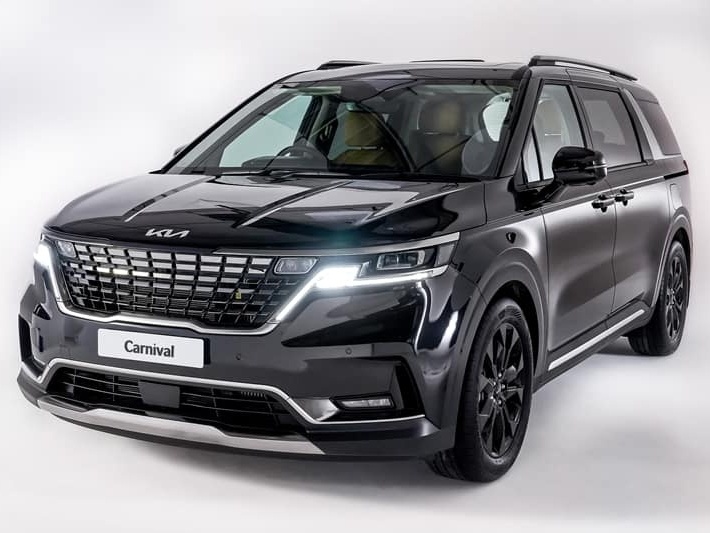
Kia Carnival: Spacious & Versatile for Every Journey
Kevin WongMay 19, 2025
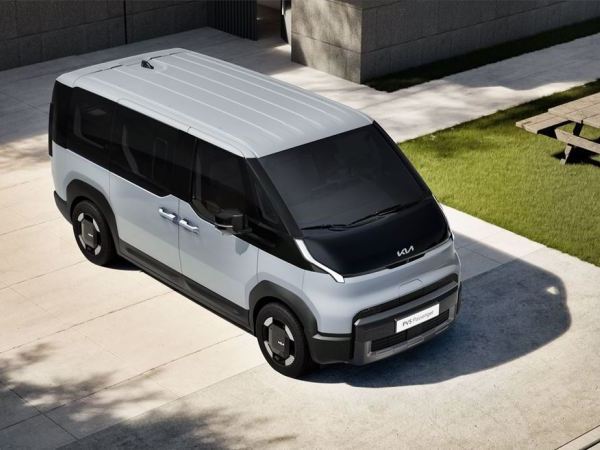
Kia reveals all details of PV5, with a maximum range of up to 400 kilometers
LienMar 11, 2025
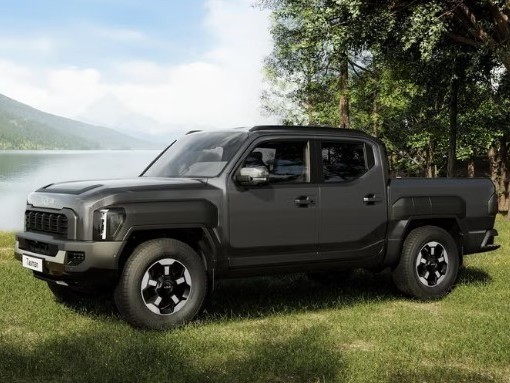
173L cargo box, 3500kg towing capacity, KIA Tasman meets all your needs!
MichaelOct 31, 2024

The interior of Kia's brand new pure electric sedan EV4 is exposed, expected to debut in mid-2025
MichaelOct 9, 2024
View More












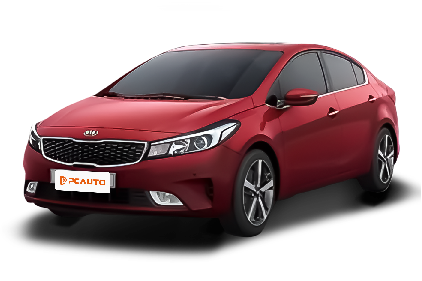
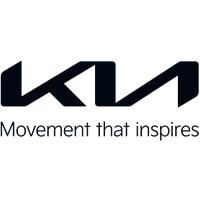 Cars
Cars




Pros
Cons